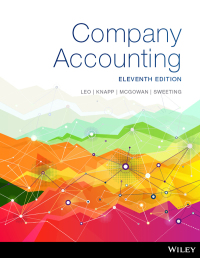Avocado Computers Case Study Avocado Computers When the head of Avocado Computers ran into production problems with his automated production facility, he hired you away from a competitor. It meant a significant increase in pay and the opportunity to manage a state-of-the-art production facility. What's more, there were very few other female production managers in Silicon Valley. Now you've been on the job a year, and it's been exciting to see your staff start working together as a team to solve problems, improve quality, and finally get the plant up to capacity. In general, Bill, the owner, has also been a plus. He is energetic, fair, and a proven industry leader. You feel fortunate to be in a coveted position, in a "star" firm, in a growth industry. However, there is one distraction that bugs you. Bill is a real stickler about cleanliness, order, and appearance. He wants the robots all painted the same color, the components within the computer laid out perfectly on a grid, the workers wearing clean smocks, and the floor "clean enough to eat off." You are troubled by this compulsion. "Sure," you think, it might impress potential corporate clients when they tour the production facility, but is it really that important? After all, who's ever going to look at the inside of their computer? Why should customers care about the color of the robot that built their computers? And who, for Pete's sake, would ever want to have a picnic in a factory?" Today is your first yearly performance appraisal interview with Bill. In preparation for the meeting, he has sent you a memo outlining "Areas of Strength" and "Areas of Concern." You look with pride at the number of items listed in the first column. It's obvious that Bill likes your work. But you are a bit miffed at the single item of concern: "Needs to maintain a cleaner facility, including employee appearance." You mull over this demerit" in your mind, wrestling with how to respond in your interview. Discussion Questions 1. What are the salient situational factors? 2. According to the lessons learned in the chapter, what is the most appropriate conflict management strategy







